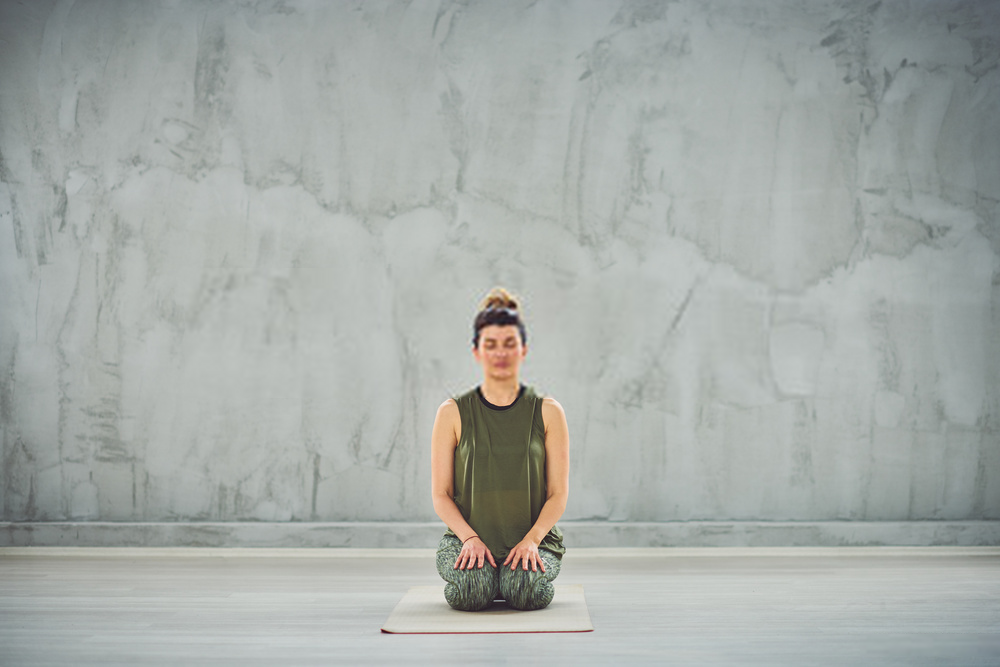The lion, a majestic animal as we know, not only delivers speed and strength to capture its prey but also radiates power and confidence. Simhasana is translated in Sanskrit to “Simha” which means lion and “asana” which means posture. This pranayama is performed in a lion pose engaging both your body muscles as well as your facial muscles and helps you let out your stress in the form of a loud roar. Even though it makes look a little silly this pranayama helps you to let go of all your inhibitions. Some yoga asanas also provide a lot of health benefits.
How to perform Simhasana?
- Sit in Vajrasana (kneeling down position), rest your buttocks on your feet and spread your knees.
- Place your hands in the space between your knees, palms down and fingers spread open.
- Keep your back in a comfortable position and do not over-extend.
- Now inhale completely, focus your eyes on the tip of your nose.
- Open your mouth wide and bring your tongue out completely with the tip of the tongue touching the chin.
- Exhale with a loud HA sound (like a roaring lion).
- After exhaling hold this pose for 20-30 sec.
- Now close your mouth and inhale through your nose.
- Repeat this process 4-6.
Beginners might find this pose a little challenging, it is better to practice this facial expression in front of a mirror or practice this pranayama in private till you get the hang of it. Also holding the pose after exhalation must be done according to your breath-holding capacity.

When To Perform Simhasana?
- Before a vocal presentation; as this technique helps loosen the mouth and tongue helping you pronounce words with clarity.
- When under pressure; Simhasana pranayama will help you blow off some steam.
Benefits of Simhasana Pranayama
- Strengthens muscles of the face, eyes, tongue, and throat.
- Opens up vocal cords, helps maintain the throat clear and healthy.
- Helps with bad breath, straightens out the back muscles.
Precautions:
If you suffer from knee pain you can perform this pranayama in any other pose you are comfortable in, make sure to keep your arms on your waist and your feet apart.
This pranayama must be done on an empty stomach with at least a 5-hour space between practice and meal.






